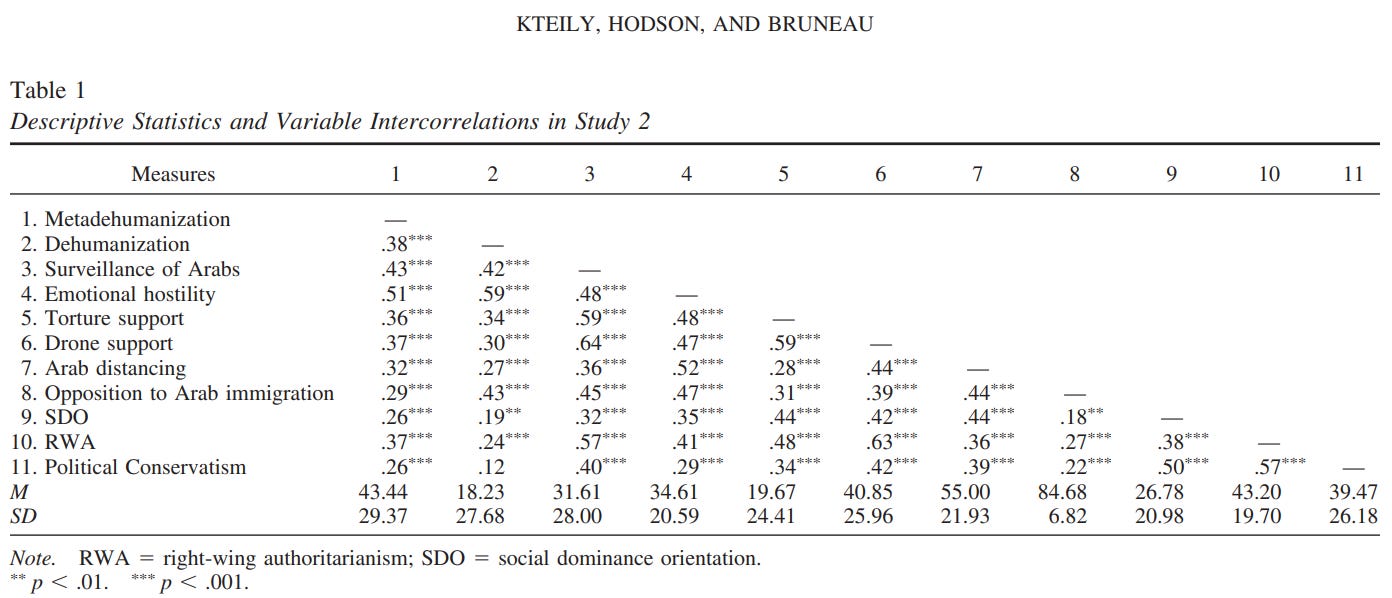The Iran strike on Israel: another kind of eclipse
It's eclipsed Gaza as the main headline out of the Middle East, and this minimization seems by design.

Now that people are (finally!) starting to develop sympathy for the plight of Palestinians, the warmongers have turned to saber-rattling against Iran. (This statement, written April 13th at 3:29 p.m., has been superseded; the rattling has turned into the drawing of actual sabers.)
Importantly, even though Iran is not recognized as a nuclear power, reports have surfaced noting Iran’s enrichment activities. This preoccupation surely evokes nuke fears among many here in the West.
Moreover, there are pre-existing dehumanization attitudes held by Westerners against Iran as a culture, stoked since the fall of the Western-installed Shah, the toppling of which occurred in 1979. That’s a long time to cultivate animus.
Right when Westerners are starting to feel empathy with those people undergoing a genocide — one that has been going on for months — the perpetrators of this violence turn all heads toward Iran. This manipulates the focus, causing Palestinians to drop “out of sight, out of mind,” especially as compounded by the media; and the new focus activates these longstanding, long-cultivated dehumanizing attitudes toward Iran. So Western audiences are being wordlessly told to curtail their humanizing of Palestinians, to move on from the raw and fresh footage of the World Central Kitchen murders, and to objectify Palestinians and Iran simultaneously. It’s a reinstatement of stoniness.
This is legerdemain, sleight of hand, brought about by the propaganda of action (in this case, Israel’s unprecedented, forbidden bombing of the Iranian embassy in Damascus).
As opposed to that of mere rhetoric, the propaganda of action is more capable of wresting attention: it creates real-world, material effects.
Take, for example, Joseph Goebbels, Minister of Propaganda for Germany during the Nazi era.
Leonard Doob, the Policy Coordinator for the Overseas Branch of the Office of War Information during World War II (that is, the department that analyzed propaganda during the conflict) and psychologist, took time to explicate Joseph Goebbels’ private diary in order to ascertain Goebbels’ main goals and aspirations. “Like any publicity agent,” Doob wrote,
Goebbels created ‘news’ through action. To demonstrate Germany's friendship for Finland, for example, a group of ailing Finnish children was invited to Germany on a ‘health restoring vacation.’ The funerals of prominent Nazis were made into news-worthy pageants; the same technique was applied to the French and Belgian victims of British air attacks.1
Indeed, as Doob writes,
When propaganda and censorship could not be effective, Goebbels advocated action or, in one of his official positions (for example, as Gauleiter of Berlin), he himself produced the action.2
Goebbels placed great importance on different types of propaganda and ranked and classified each by the demands of a given scenario or situation. Goebbels was remarkably shrewd and garnered many successes; and it fell on Doob’s shoulders to discern how Goebbels strategized in order to neutralize or circumvent his efforts. Doob discovered that
Some kind of bait was devised to attract and hold an audience. What Goebbels called ‘propaganda’ over the radio, he believed, tended after a while to repel an audience. [...] The best form of newspaper propaganda was not ‘propaganda’ (i.e., editorials and exhortation), but slanted news which appeared to be straight.3
He also believed that newsreels provided ‘proof’ for many of his major propaganda contentions: visual images — no matter how he himself manipulated them before they were released — possessed greater credibility than spoken or written words.4
Doob also found that Goebbels picked and chose his responses to enemy propaganda with care. While “[e]ffective enemy propaganda … demanded immediate action”5, the minister was also judicious in his own replies:
Goebbels examined his own propaganda arsenal before he assayed a reply. He kept silent if he believed that his case, in the absence of facts or arguments, would appear too weak.6
One could argue that that is what happened in the immediate aftermath of Israel bombing the Iranian consulate in Syria April 1st.

Indeed, Israel still has not claimed responsibility for this attack, though many governments around the world have fingered Israel as the most likely culprit. Avoiding attribution of blame obviates Netanyahu’s need to explain why he chose such action. Thus the incident was able to be minimized in the press, so much so that, now that Iran has struck back in response to Israel’s clear act of war, it is Iran who is being blamed for belligerence and escalation.
He admitted that the experiencing of an event was likely to be more effective than a verbal description of it, but he also recognized that words could stand between people and events, and that their reaction to the latter could be potently affected by the former[.]7
What stands out about the strike by Israel upon the Iranian consulate is that it gave Netanyahu and his cabinet time to formulate arrays of different responses to the degree and severity of any retaliatory strike. That is to say, the Israelis were preparing their propaganda in advance. Because Netanyahu and his crew could anticipate the range of Iran’s possible answer in terms of strikes, they could narrow what those answers might be and devise nearly tailor-made propaganda in response.
But note that Netanyahu et al. also have a more perverse incentive: to keep Israelis locked on whatever keeps their anxieties at a certain level. This week, major publications were beginning to come out with items that declared or at least openly questioned whether Israel had lost the Gazan offensive. This demoralization had to be countered — but it couldn’t be countered directly with an official statement by government officials. Instead, we have this Iranian response to the obliteration of their embassy. As Iran has never struck Israel inside of its borders before, and because Israelis have long seen Iran as the most prominent threat to its survival, this exchange is more than enough to subsume the flagging sentiments that had begun to spring up in the Israeli press. The public’s focus has been re-trained.
For Goebbels, anxiety was a double-edged sword: too much anxiety could produce panic and demoralization, too little could lead to complacency and inactivity. An attempt was constantly made, therefore, to achieve a balance between the two extremes. [...] Propaganda must reinforce anxiety concerning the consequences of defeat. Enemy war aims were the principal material employed to keep German anxiety at a high pitch. ‘The German people must remain convinced—as indeed the facts warrant—that this war strikes at their very lives and their national possibilities of development, and they must fight it with their entire strength.’8
Israelis are not the only ones bedazzled by this switch in attention. Westerners of all sorts have been trained to distrust and demean those from the Middle East. The reflection of this enduring bias has been captured by various instruments, including not just opinion polling and public policy but also academic studies. For example, a study examining what is known as meta-dehumanization (the “perception that one’s own group is perceived by another as less than fully human”)9 noted that when Americans felt that Arabs held dehumanizing attitudes toward Americans, those people were more likely to dehumanize Arabs themselves. This tendency was strongly interlinked with certain policies, such as support of drone usage against Arab countries, support for the use of torture (euphemistically called “enhanced interrogation”), opposition to Arab immigration, and support for increased surveillance of Arab persons.10

Iran historically has been especially suspicious, particularly in the wake of deposing the Shah. For more than four decades, Western biases have been crafted and conditioned by policy, politicians, and the media, their helpmate, in order to maintain a certain cultural attitude not just toward Iran but toward Muslims in general. Take this footage from 1980 for example.
Mike Wallace, correspondent for 60 Minutes: What do you know, Mr. Leaf, about the CIA, Savak [the Iranian secret police], and torture?
Jesse Leaf, an analyst for the CIA during the early 1970s: When the agency set up Savak, they had regular instructional classes. Part of the instructional classes were in interrogation techniques. As part of the interrogation techniques, torture is covered.
Wallace [narration]: Leaf says that was a classroom lecture, although one former Savak agent still in Iran claims the CIA actually showed Savak agents how to physically torture prisoners.
Leaf: We don’t need to teach the Iranians torture, or to torture people. They have a long, glowing history in that part of the world, of torture. So it’s an everyday thing.
That’s a very casual yet effective way of establishing anti-Arab bias, and these types of comments accumulate over many years, becoming ever more durable.
Thus, with this instant swivel of attention toward Iran, warmongers are activating these longstanding biases, bringing them out of latency and dusting them off as though uncrating an artifact from storage. And because this is happening in the same timeframe and context as the Palestinian conflict, the Western audience member naturally associates the two. This association allows for a transfer of these activated biases. The feeling from one bleeds into the other.
In this way, the focus on Iran not only supersedes the sympathy that had been mounting for Palestinians but swallows it up. On this point, Netanyahu’s gambit would make Goebbels proud.
It took six months and an incomprehensible strike on a convoy of international aid workers to rouse the Western world from its slumber as to the atrocities occurring in the Gaza Strip. The renewed and heightened tensions between Israel and Iran, however, threaten to swamp those sensibilities and to turn the Western observer back into a member of a passive audience.
Doob, Leonard, “Goebbels' Principles of Propaganda,” Public Opinion Quarterly (1950), p. 426.
Ibid., p. 441.
Ibid., p. 427.
Ibid., p. 428.
Ibid., p. 430.
Ibid.
Ibid., p. 436.
Ibid., p. 438, emphasis added.
Kteily, Nour et al., “They See Us as Less Than Human: Metadehumanization Predicts Intergroup Conflict via Reciprocal Dehumanization,” Journal of Personality and Social Psychology (2016), p. 344.
Ibid., p. 351 [Study 2].



